We live in a time where every tweet, review and online conversation could make or break a brand. With 93% of customers relying on reviews before making purchases, it's clear that maintaining a positive reputation is essential.
Managing your brand's online reputation, however, can be challenging due to the host of platforms available for discussions, including social media and review sites. Whether you're a global tech mogul like Elon Musk or a local business owner, the way you manage your brand's reputation can have a profound impact on its success.
In this guide, learn practical strategies to shape the public’s understanding of your brand and excel at reputation management.
What is brand reputation management?
Brand reputation management refers to the process of actively monitoring, influencing and maintaining the public perception of a brand. It involves taking strategic measures to shape people’s understanding of the brand, on online and offline channels. The primary objective is to establish and safeguard a positive image of the brand, ensuring customer satisfaction and a competitive edge.
Key activities include monitoring brand mentions, reviews and feedback to gauge public perception. Prompt and professional responses to customer inquiries and concerns across various platforms, such as social media and review sites, are crucial. Encouraging positive reviews and engaging with satisfied customers also contribute to a favorable brand image.
Consistency in brand voice and messaging across channels along with proactive addressing of negative feedback are essential. Implementing PR strategies to maintain a positive brand image, managing crisis and collaborating with influencers and industry experts are also part of brand reputation management. In addition, continuous analysis of customer feedback allows you to gain valuable insights and make improvements to your products, services and overall brand reputation.
Brand reputation management in a nutshell is all about building customer trust, effectively addressing their problems or negative feedback and handling PR crises in a manner that doesn’t impact your brand image negatively.
Why is reputation management important for your brand?
Reputation management is crucial for your brand because it directly impacts how your target audience perceives and engages with your business. Here are a few key reasons.
Improved search engine visibility: Online reviews have a substantial impact on search engine optimization (SEO). Search engine algorithms recognize the influence of customer reviews on purchase decisions. Therefore, brands that actively manage their online reputation are rewarded with better visibility in search results.
Enhanced trust and credibility: Reviews can also shape how people perceive your brand. Establishing trust with customers is crucial as reputation is fundamental to a brand’s survival. Positive reviews build trust and credibility, instilling confidence in potential customers and, thus, increasing the likelihood of conversions and sales.
Increased revenue: Trustworthy brands that stand out from competitors and are deemed reliable by customers enjoy higher sales and revenue. Studies have revealed that customers are ready to spend about 31% more on a business that has excellent reviews — translating to higher revenue and more profits.
Strong brand image: A strong brand image serves as a powerful marketing asset. Potential customers often conduct online searches to learn more about a brand before deciding to engage with it. A negative online reputation can discourage potential customers, so businesses have to actively manage and address any negative feedback or reputation-related issues.
Regardless of the industry, reputation management not only enhances SEO rankings but also fosters trust among customers. By proactively managing your reputation, you can strengthen your brand image and stand out from your competition.
The 3 main channels of brand reputation management
Ever wondered how few brands manage to shape their reputation so effortlessly? Well, it's all about mastering the art of managing interactions.
Here are the three channels you need to keep a close eye on to create a positive and impactful brand presence.
1. Online reviews and ratings: Customers often turn to platforms like Yelp and Glassdoor to share their thoughts on products, services and even employer culture. Managing these reviews and ratings could seem overwhelming but the insights you gain from them are incredibly valuable. They serve as direct feedback from customers themselves, highlighting what they love and the areas that need improvement. A well-defined review management system helps maintain a positive brand reputation by letting you monitor and respond to both positive and negative reviews.
2. Social media: A social media platform is like a massive focus group where you can tap into conversations about your brand, industry and audience. Social channels offer plenty of insights to improve your brand reputation management since a significant portion of customers use social media to engage with brands and share their experiences. These days, around 54% of customers use social media to research products before making a purchase.
Therefore, you can uncover opportunities, stay ahead of competitors and prevent potential risks by actively monitoring social media channels, engaging with customers, addressing their concerns and responding to their inquiries in a timely manner. By doing so efficiently, you can enhance your brand's image, build customer loyalty and enable effective social media reputation management.
Read More: How to protect your brand reputation in the social media minefield?
3. Public relations: PR activities play a crucial role in shaping the public perception of your brand and thereby managing your reputation. By effectively managing media relations, you can control the narrative surrounding your brand and ensure that accurate and positive information is communicated to the public. During crisis situations, a well-executed crisis communication strategy can mitigate reputational damage and maintain trust.
To excel in public relations, proactively engage with the media, build relationships with journalists and influencers and craft compelling stories that highlight your unique value proposition. By consistently communicating your brand's values, mission and achievements, you can shape public perception and differentiate yourself from competitors.
Learn More: 4 ways brands win with a unified approach to public relations
These three channels collectively contribute to brand reputation management by allowing you to monitor and influence how your brand is perceived, build trust and maintain a positive image among your target audience.
4 steps toward successful brand reputation management
Imagine your brand as a person. Let's assume its reputation is the sum of all the stories people share about that person. In today's interconnected world, where opinions are shared at lightning speed, brand reputation management can help mitigate its negative effects.
From navigating online reviews and social media conversations to crafting strategic responses and encouraging customer feedback, follow the four steps listed below to manage your brand reputation successfully.
Step 1: Get to know your reputation
To gain a comprehensive understanding of your brand's strengths and weaknesses, it is important to look into audience data. While customer feedback channels vary, including social media, it is important to consider multiple sources. In addition to analyzing social listening, competitor and review data, you should also review inbound social messages, customer feedback from surveys and advisory boards, as well as helpdesk data for service or product complaints. By thoroughly examining these sources, you can identify brand reputation risks and opportunities.
Through this meticulous data analysis, you can uncover valuable insights about your brand's performance and perception. By identifying potential risks and opportunities, you can proactively address issues and capitalize on positive aspects to strengthen your brand's standing in the market. This data-driven approach ensures that your strategic goals align with your audience's perceptions and preferences, leading to long-term success.
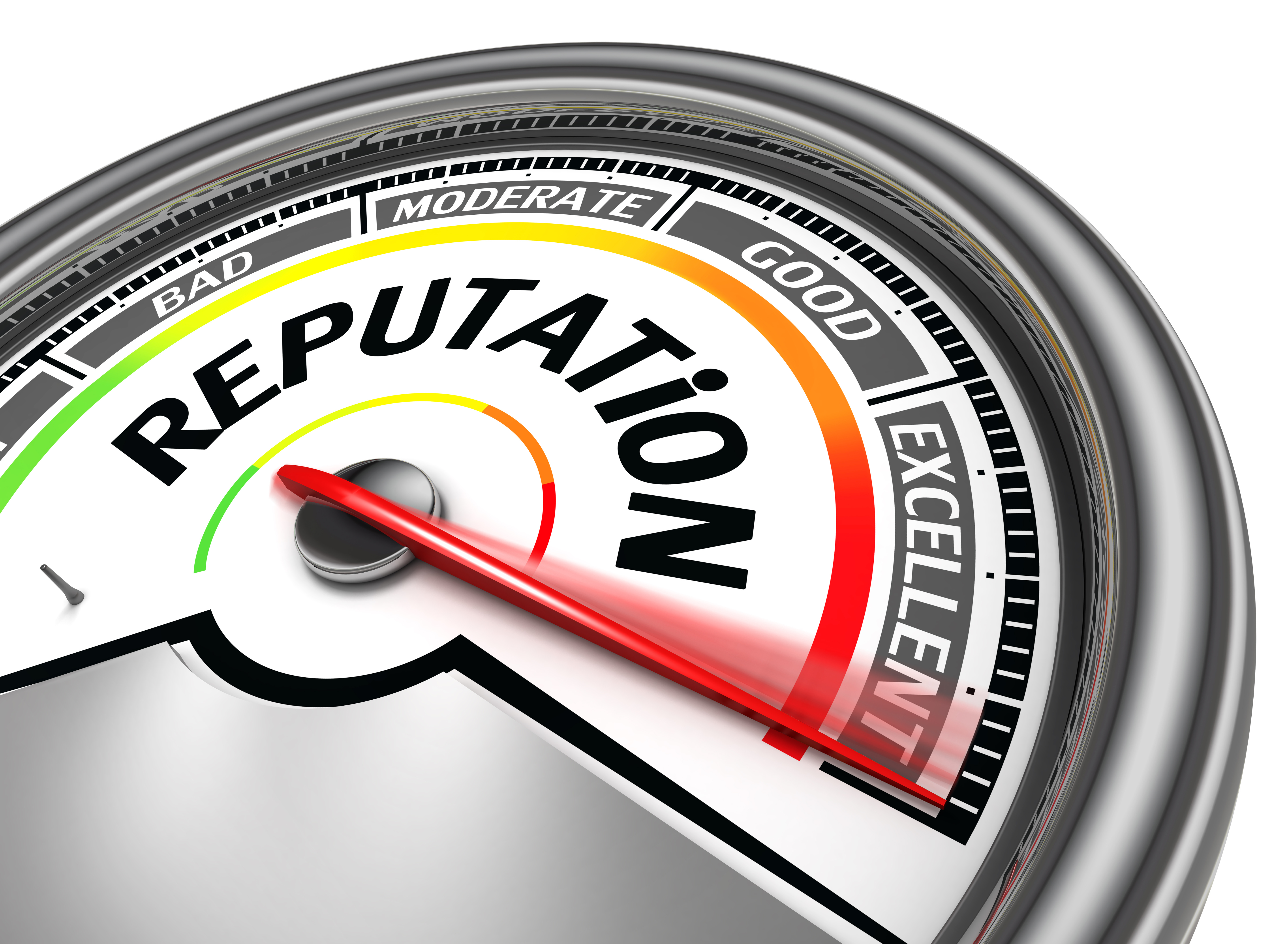
Step 2: Develop a reputation management plan
Once you have a good grasp of your brand’s reputation, it's time to create a solid plan to manage and improve it. Set up a system to keep track of online reviews, including when and where they were posted, the type of review, and your responses (if any). Decide which reviews to respond to and establish a consistent response approach. Create guidelines for the tone and language you'll use in your responses and set up a schedule for monitoring and addressing reviews.

Step 3: Encourage and respond to reviews
Actively encourage customers to share their experiences and leave reviews through various channels such as email, social media and website CTAs. Make it simple and easy for them to provide feedback. When you respond to reviews, handle negative feedback professionally and empathetically, showing that you're committed to resolving customer issues no matter what. Express your gratitude and appreciation when responding to positive reviews, as it helps build trust and strengthen relationships with your customers.

Step 4: Monitor and evaluate your reputation
Start regular monitoring of your online reviews and feedback using reputation management tools. Assign a team member to check for new reviews regularly, do a simple sentiment analysis and spot any emerging trends. Evaluate the success of your reputation management efforts by assessing the effectiveness of your response strategy, the level of engagement from customers and how it aligns with your business goals. Adjust your plan based on the insights you gained.

Be sure to consistently monitor, adapt and improve your reputation management efforts to stay ahead and maintain a strong brand image.
Level up your brand reputation strategy with Sprinklr AI
In today's ever-connected digital realm, protecting your reputation should be one of your top priorities. Negative customer sentiment, brand impersonation and competition have the potential to tarnish your brand's image. However, with Sprinklr's online reputation management software, you can effectively analyze customer sentiment in real time, identify data anomalies and quickly bring your teams together to mitigate risks and safeguard your brand reputation.
Capture customer feedback from 30+ digital and social channels, 500+ review sites, news sources and internal data to gain valuable insights. Understand sentiment and proactively address negativity.
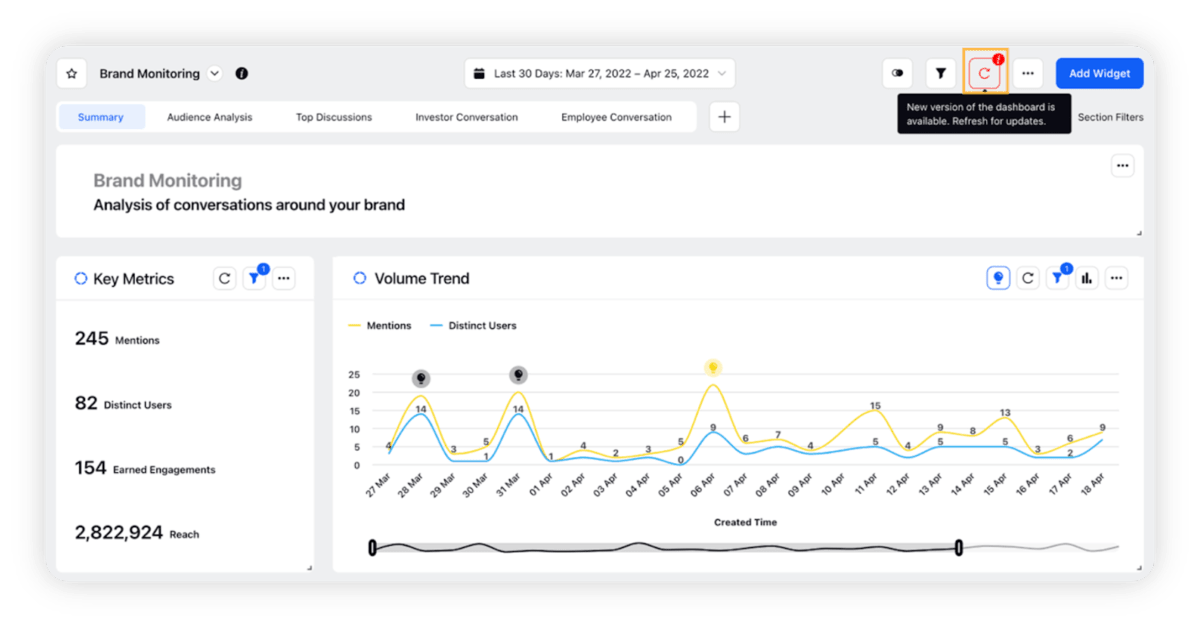
Mitigate brand risk with AI-powered Smart Alerts for unified crisis detection and swift cross-functional team collaboration during crises.
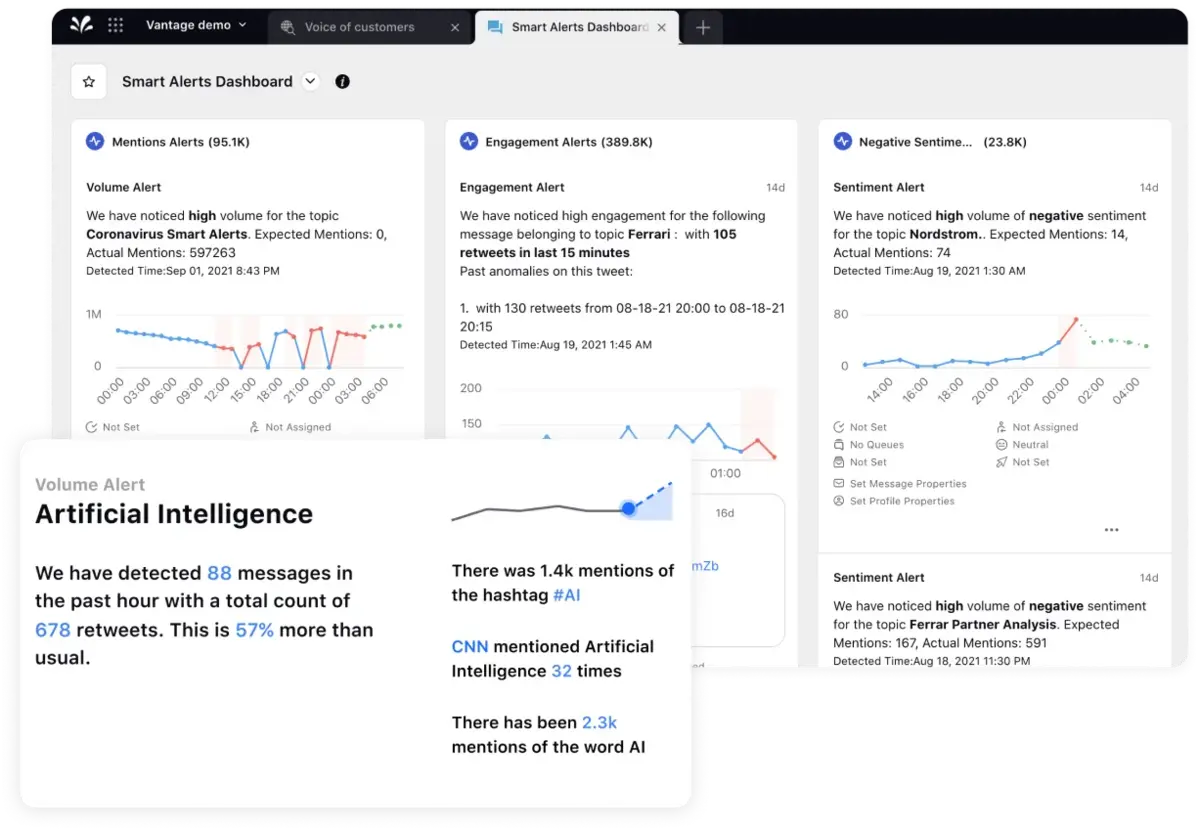
Additionally, our proprietary Intuition AI provides competitive intelligence, allowing you to monitor high-impact activities across channels and receive real-time email notifications about critical trends related to your competitors.
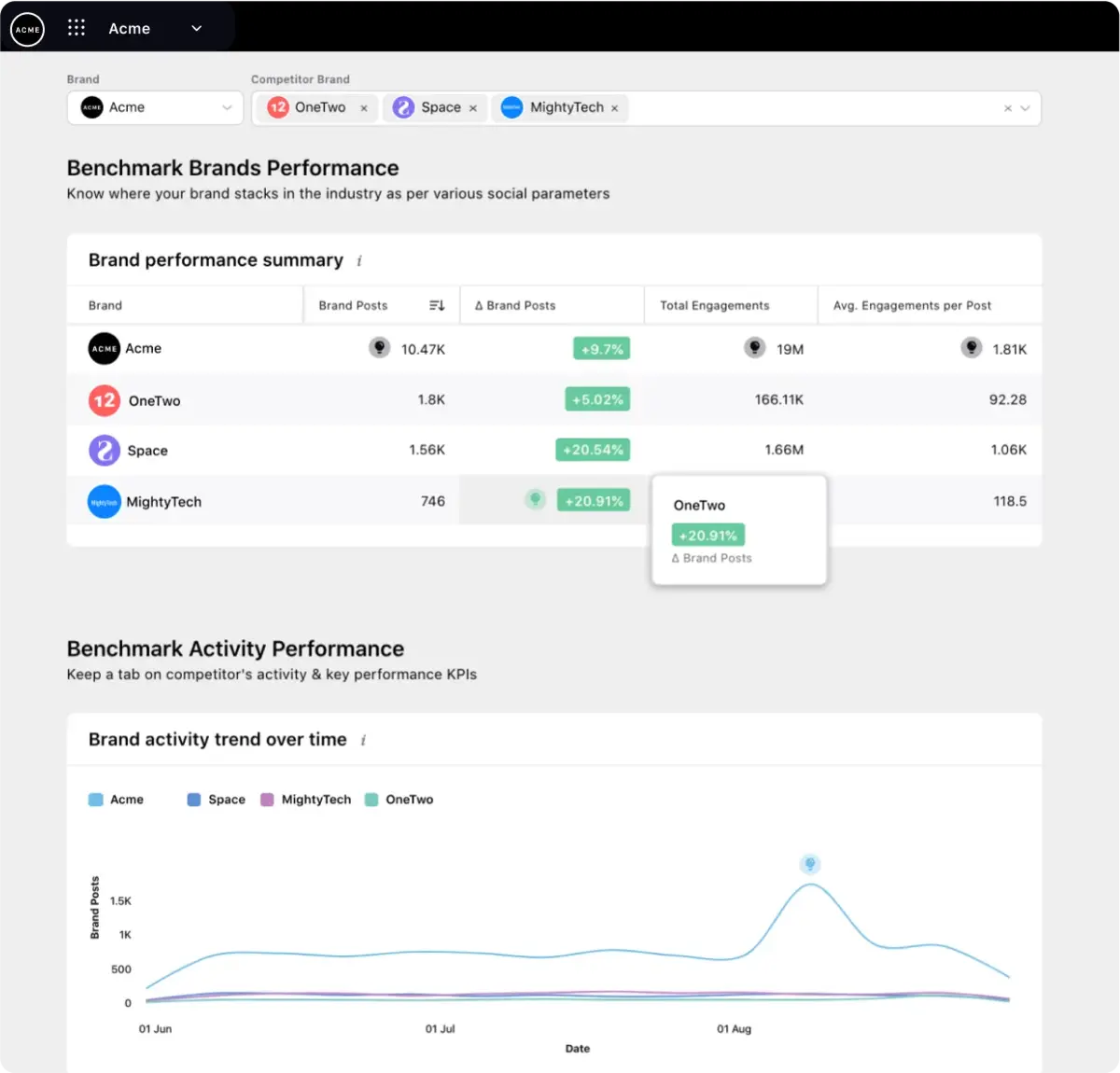
Ensure brand consistency across channels with Sprinklr's AI-powered brand governance feature. Seamlessly moderate, manage and respond to comments on paid and organic content for effective routing and risk mitigation with Sprinklr Marketing.
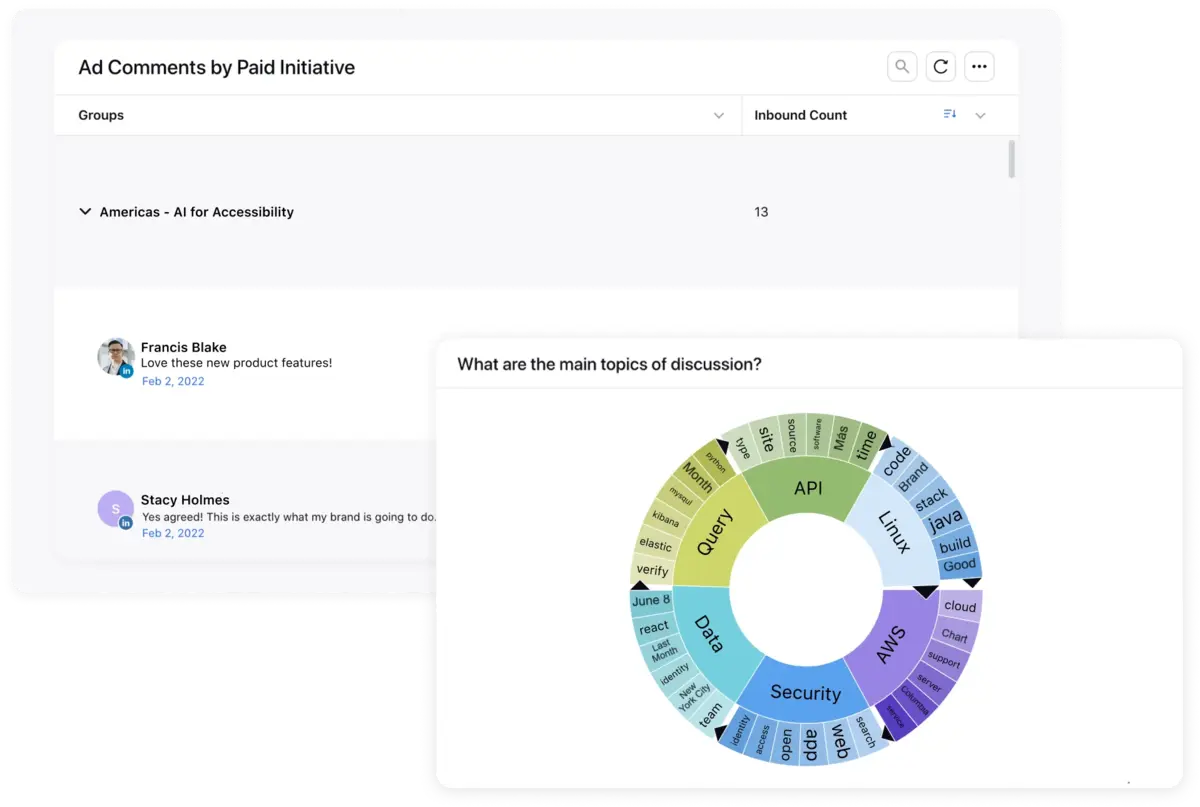
Ensure 100% brand guideline and compliance alignment with AI-powered Smart Compliance. Gain real-time insights for content creators to tailor their work and create positive brand sentiment.
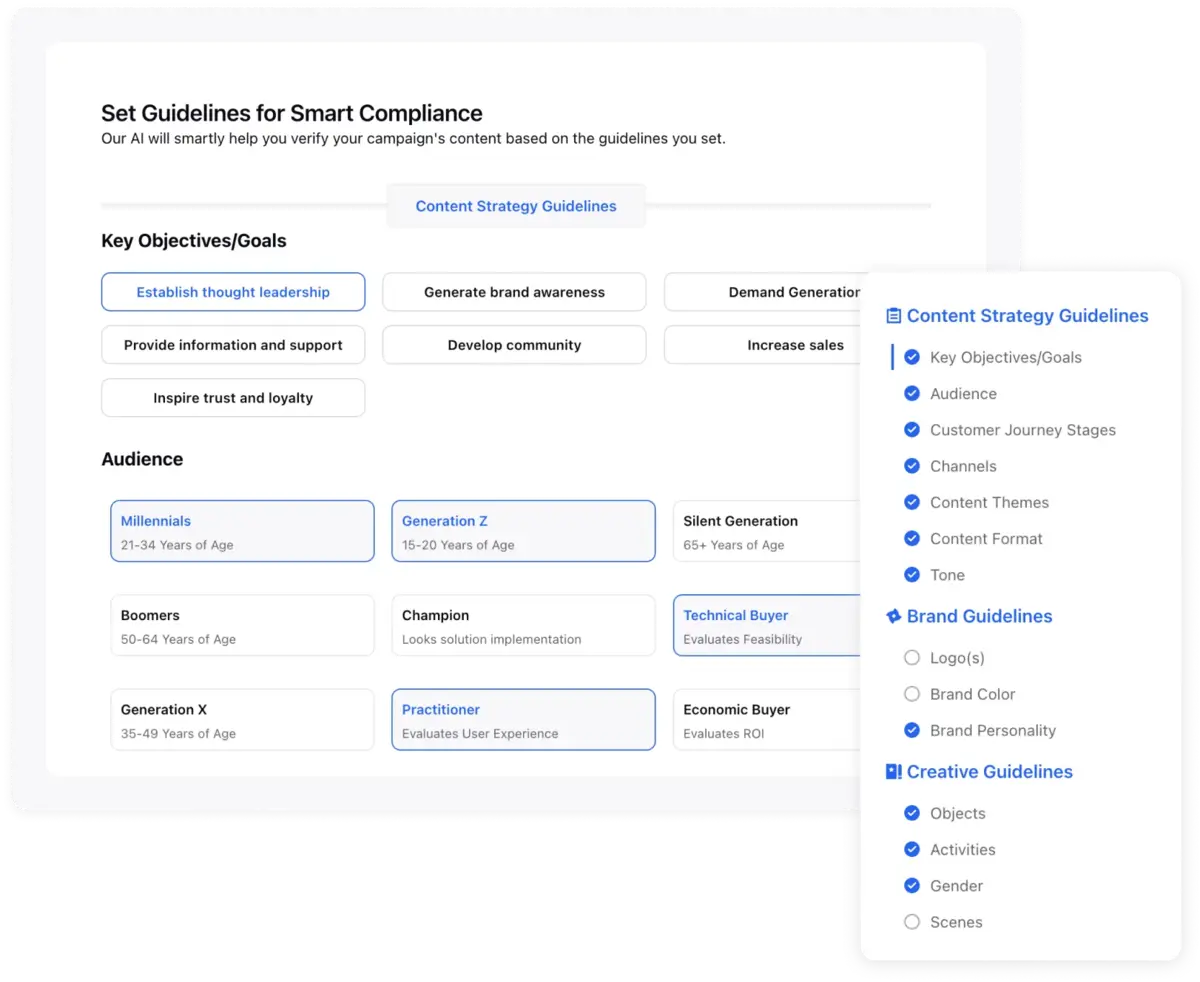
Frequently Asked Questions
Start by analyzing your online presence. Search for your brand on search engines, review social media platforms and monitor customer reviews and feedback. Look for sentiment, ratings and common themes in feedback to gain insights into how your brand is perceived.
Thank you for contacting us.
A Sprinklr representative will be in touch with you shortly.
Contact us today, and we'll create a customized proposal that addresses your unique business needs.
Request a Demo
Welcome Back,
No need to fill out any forms — you're all set.


![The Best Time to Post on LinkedIn [By Days & Industry]](https://images.ctfassets.net/ukazlt65o6hl/dwAyaQmzYQJRQGd34YkeR/8ea930b229b90a4d3b7d6521a2272ff3/Banner_image.jpeg?w=750&h=428&fl=progressive&q=70&fm=jpg)